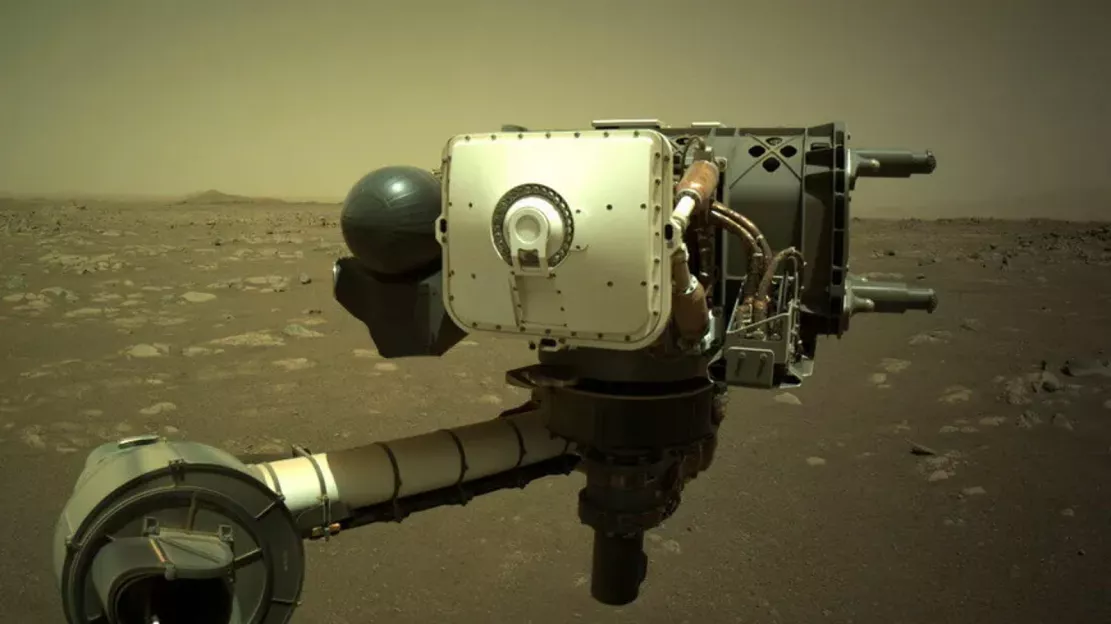A unique set of instruments from NASA's perseverance probe is helping scientists better understand why the red planet is so gray. It seems that gusts and dust demons are the main culprits behind it. Claire Newman, an atmospheric scientist at AEOLIS research, is a member of the perseverance scientific team and the first author of a study published in science advances on Wednesday.

This paper studies the discovery of rover in Jezero crater and how gusts and cyclones push dust and sand on the surface of Mars into the air.
Perseverance used its camera to find the dust devil (a particularly beautiful dust devil). In addition, the research team also used the microphone of the rover and the data of its Mars environmental dynamics analyzer (MEDA). MEDA is an instrument for monitoring weather and dust conditions. It is used to track humidity, radiation, dust, wind and air temperature. It gives a full picture of Jezero weather and what happens when a dust devil passes through the rover.
The probe shows that Jezero is one of the most active vortex regions not yet explored on Mars. In addition, the rover also observed strong gusts blowing dust upward. "The area covered by such events is 10 times that of the largest dust storms, indicating that dust storms and gusts can raise the same amount of dust under non storm conditions," the study said
When it comes to dust and wind, Mars still retains some mystery. NASA's insight lander is located in another part of Mars, which is different from perseverance. The zero solar panel is expected to be full of dust this year, but the zero solar panel is not expected to be active. NASA had been hoping for a whirlwind to blow the insight's battery panels clean, but that didn't happen.
High altitude dust on Mars has always been a problem for solar robotic explorers. A global dust storm ended the mission of NASA's Opportunity rover, and China's zhurong Rover also entered sleep mode under dusty conditions this month.
Perseverance's data will help understand how winds on Mars work and what conditions will cause dust to float up. The research team calls for further observation and research to clarify why Jezero is such a dusty wind activity hotspot.